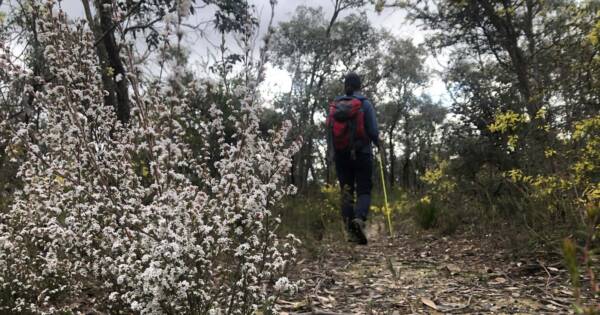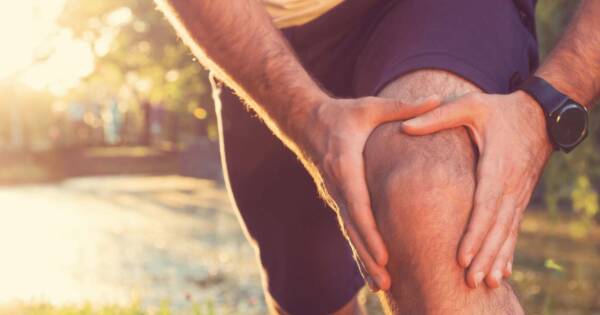The pros and cons of water purification methods
Water is the vital elixir that keeps our surprisingly fragile human bodies alive. Without shelter or food, a person can survive quite a long time, but just three days without water will kill most of us. There are a handful of water purification methods available, and after reading this article, you’ll have a better understanding of the pros and cons of each method. You stake your life on your water sources, so never take chances that you can avoid, and always use the best purification method available to you under the circumstances.
Boiling
Boiling is the easiest way to purify water, but it does have some drawbacks; it is usually the slowest method available, requires valuable fuel, and can’t eliminate certain impurities, such as heavy metals or certain chemicals. Boiling the water kills microorganisms such as bacteria, viruses, or protozoans that can cause disease, making it microbiologically safe. You should bring it to a rolling boil for 2 minutes in a suitably sized container, then let it cool before use.
Bleach
I’m not a big fan of ingesting chemicals, but you can use liquid household bleach, free of additives and scents, to disinfect your water. It should contain a hypochlorite solution of at least 5.25%. If the water is clear, add 2 drops of bleach per litre of water; add twice that amount (4 drops) per litre if the water is cloudy. After adding bleach, the water should be stirred and allowed to stand for at least 30 minutes before use.
Water purification tablets
We go back to the chemicals issue again, but if no other options are available, you’ll just have to make do with what you have. Due to variations in manufacturing, rely on the instructions on the label. Also, pay close attention to the expiration date; the shelf life of purification tablets is ridiculously short.
Water filters
This is my go-to solution when possible. Commercial filters are available in a variety of sizes, styles, and capabilities. One of my personal favorites is the Sawyer Mini Water Filter because it removes things that many others don’t, weighs only 57 grams, and will filter 378,540 litres of contaminated water. Katadyn manufactures an outstanding pump purifier, and MSR also produces a highly rated pump-style filter. During an extended emergency, though, it’s important to know how to improvise your own water filter; it’s surprisingly simple and requires a container, some cloth, sand, and charcoal. A quality filter is one of only two methods that can remove nearly everything from contaminated water.
UV water purifier
I’m not sold on UV water purifiers for several reasons. 1.) They require batteries—I’m not willing to risk my ability to remain hydrated (and alive) on that. 2.) While the technology is well-established and utilised in commercial operations, these hand-held units can only treat small quantities of water. 3.) The device will only purify clear water, and since you’re more likely to find cloudy or dirty water in an emergency, that makes it pretty much worthless. That being said, I wouldn’t be against picking a few up as a backup purification method, but I certainly wouldn’t rely on them.
SODIS
This is a method of disinfecting water using only sunlight and plastic PET bottles that is a free and effective. At a water temperature of about 30°C, about 5 hours of direct sunlight is required for this method to be effective. It’s important to point out that with the exception of the batteries, the same weaknesses of the UV water purifier apply to SODIS.
Distillation
Without a doubt, the most effective means of purifying water is distillation, but it’s certainly not the most convenient. It requires staying in a fixed area, and a bit of ingenuity. You could use the same type of still used for making alcohol to quickly produce a substantial amount of pure water in a short time but that requires specific hardware and a fire which may give away your position. Another option is a solar still in certain environments under certain circumstances. The biggest upside of distillation is that it eliminates everything; bacteria, viruses, protozoans, heavy metals, and other chemicals.
Final word
Ensuring a safe and reliable water source is crucial when participating in outdoor adventures. The importance of understanding and employing proper water purification methods cannot be overstated, as water is essential for survival, and contaminated sources pose significant health risks. Each method, from boiling and bleach to water filters and distillation, comes with its own set of advantages and limitations. It’s crucial to weigh these factors carefully based on your specific circumstances, considering factors like fuel availability, portability, and the nature of the water sources you might encounter.
While some methods, like boiling and commercial filters, stand out for their reliability, others, such as UV purifiers and SODIS, present viable alternatives with certain limitations. Adapting to the situation and having a versatile approach to water purification can be crucial in the unpredictable and dynamic outdoor environment.
Remember, staying well-informed about the latest advancements, adhering to recommended guidelines, and regularly checking equipment for expiration dates are essential practices. Whether you’re a seasoned hiker or a novice adventurer, making informed choices about water purification methods ensures that the elixir of life remains a source of sustenance and not a potential threat during your outdoor pursuits. Stay prepared, stay hydrated, and enjoy the journey responsibly.






I’m confused – I thought this was an Australian website, however this talks about gallons, and degrees Fahrenheit. Is it relevant to Australia?
Hey Brett. It is an Aussie website, I live in Victoria. Thanks for flagging that. The imperial references are extracts from the research I did on this topic. I’ll convert them to metric today.
Cheers
Darren